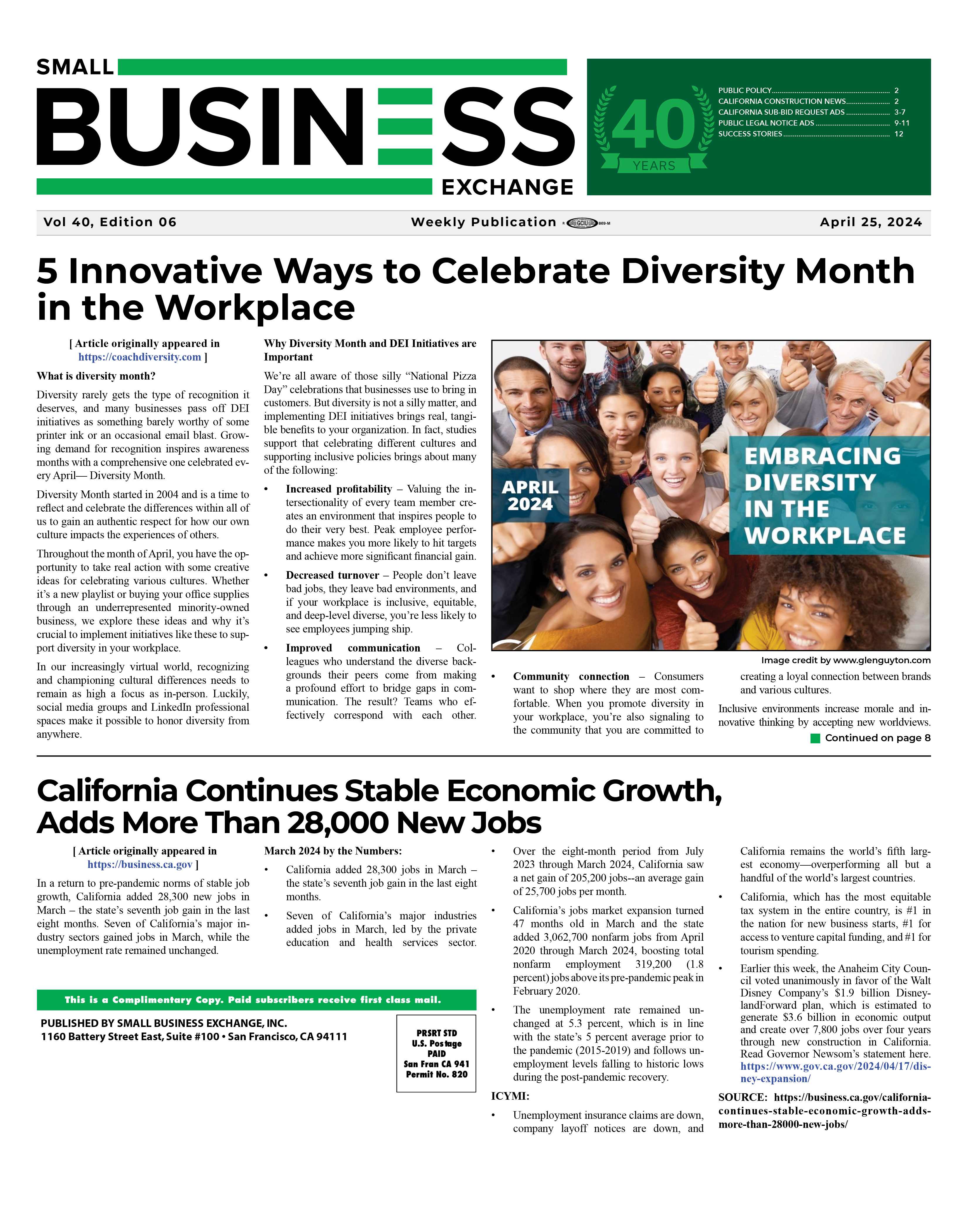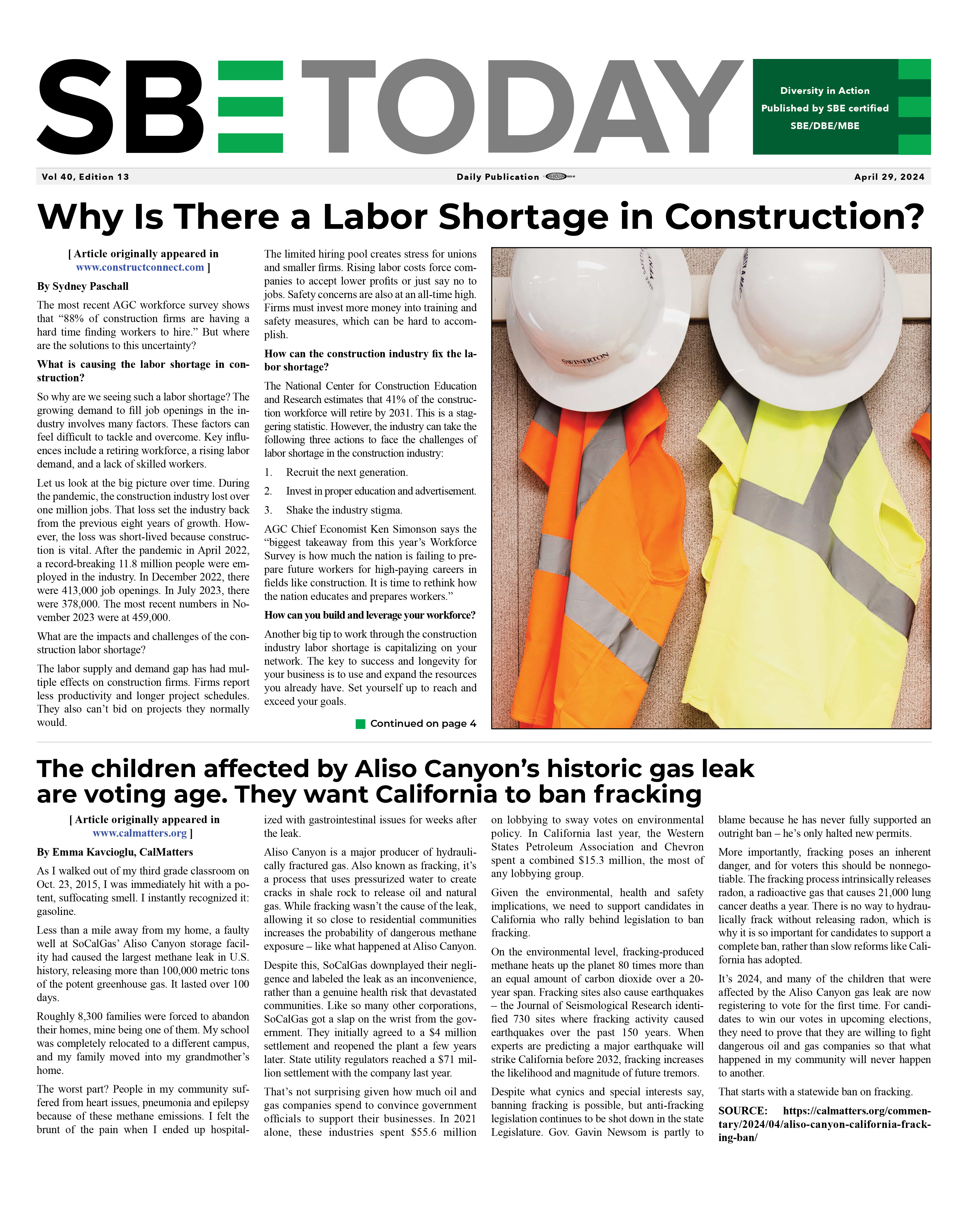|
|
The Best Strategies for Responding to Change at Work. By Stephanie Snyder
05/05/2023
 By Stephanie Snyder, The world around us is constantly changing, and nowhere is this more apparent than in the workplace. Whether it's new technologies, shifting market trends, or evolving social norms, the modern workplace is a dynamic and ever-changing environment. For many people, this can be intimidating, even overwhelming. But it doesn't have to be. With the right mindset and strategies, you can not only survive but thrive in this fast-paced and constantly evolving world. In this article, we'll explore some proven strategies for embracing change and thriving in a dynamic work environment. From cultivating a growth mindset to staying adaptable and resilient, we'll cover everything you need to know to stay ahead of the curve and succeed in today's ever-changing workplace. Why Embracing Change is ImportantChange is a natural part of life, and this is particularly true in the workplace. With advancements in technology and changes in the economy, it's important for companies to adapt in order to stay competitive. This means that employees must also be willing to adapt and embrace change. Embracing change can lead to new opportunities and growth, both personally and professionally. It can also help you develop new skills and stay ahead of the curve.On the other hand, resisting change can lead to missed opportunities, stagnation, and even job loss. Therefore, it's important to understand the benefits of embracing change and to develop strategies to help you do so. Common Challenges in a Dynamic Work EnvironmentWhile change can bring many benefits, it can also pose challenges. Common challenges in a dynamic work environment include uncertainty and lack of control. When things are changing rapidly, it can be difficult to know what to expect or how to prepare. This uncertainty can lead to anxiety and stress. Additionally, change often requires you to step out of your comfort zone and try new things. This can be scary, particularly if you feel like you lack control over the situation. Ultimately, change can be disruptive to normal routines and workflows, which can lead to frustration and confusion.Strategies for Adapting to ChangeFortunately, there are many strategies you can use to adapt to change and thrive in a dynamic work environment. One of the most important strategies is to cultivate a growth mindset. This means approaching challenges with a positive attitude and a belief that you can learn and grow from them. It also means being open to feedback and willing to try new things. Another important strategy is to stay adaptable and resilient. Resilience training enables you to adjust to new situations and bounce back from setbacks. Finally, it's important to stay connected and engaged with your coworkers and the wider industry. This can help you stay up-to-date on new trends and technologies, as well as provide you with a support network during times of change.Tips for Staying Motivated During ChangeChange can be exhausting, both mentally and physically. For this reason, it’s important to stay motivated. One way to do this is to set goals and break them down into smaller, manageable tasks. This can help you stay focused and determined, even when the end goal seems far away. Another strategy is to celebrate small wins along the way. This can help boost your confidence and keep you striving for greatness. To avoid burnout, take breaks as needed and practice self-care. This might exist in the form of exercise, meditation, or spending time with loved ones.Benefits of Embracing ChangeEmbracing change can bring many benefits, both personally and professionally. From a personal perspective, it can help you develop new skills and grow as a person. It can also lead to new opportunities and experiences. From a professional perspective, embracing change can help you stay competitive and relevant in your industry. It can also lead to career advancement and higher job satisfaction. Companies that embrace change are often more successful and profitable than those that resist it.Tools and Resources for Managing ChangeManaging change is not always easy, but there are many tools and resources available to help. One example is change management frameworks, which provide a structured approach to managing change. These frameworks typically involve steps such as assessing the need for change, developing a change plan, and implementing and monitoring the change. There are also books, courses, and workshops available on the topic of change management.Overcoming Resistance to ChangeThe challenges associated with change often lead to resistance. People may resist change for a variety of reasons, including fear of the unknown or a desire to maintain the status quo. Overcoming resistance to change requires a combination of communication, education, and support. In work environments, for instance, business owners need to communicate the need for change and the benefits it can bring. Education and training can also help people feel more confident and prepared it.ConclusionChange is a natural part of life, particularly in the workplace. Embracing change can lead to new opportunities, growth, and success, but it can also pose challenges. By cultivating a growth mindset, staying adaptable and resilient, and staying connected with your coworkers, you can successfully adapt to change and thrive in a dynamic work environment. Overcoming resistance to change requires a ton of effort, but by embracing change and developing strategies to manage it, you can stay ahead of the curve and succeed in today's ever-changing workplace.Back To News |
|




